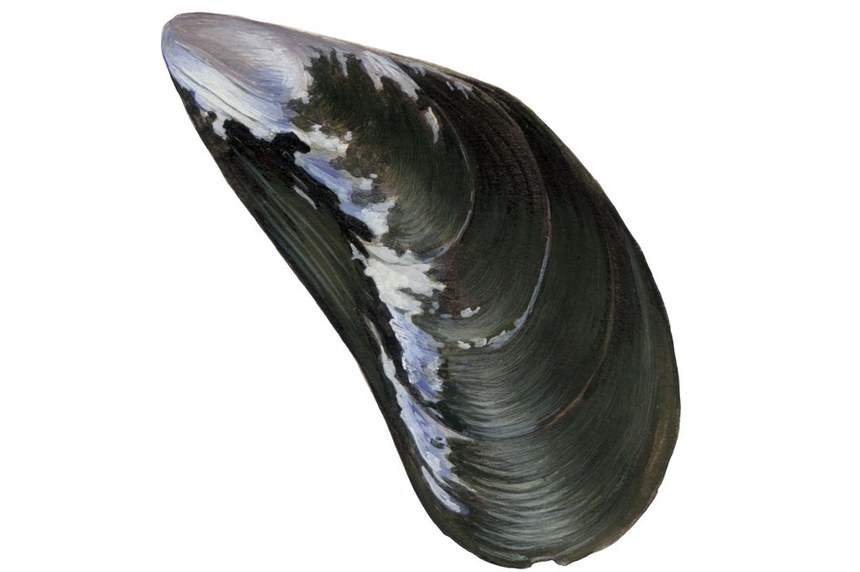Overview
Fisheries are composed of one or more parts, each of which is entitled to receive an MSC certificate. These parts or “units” are defined by their target stock(s), fishing gear type(s) and if relevant vessel type(s), and the fishing fleets or groups of vessels.
When the term “Unit of Certification” is used for fishing units that are in assessment, it refers to the “Unit of Assessment” or “Unit of potential certification”. Expand a status below to view the parts that form this fishery. To check the detailed scope, download the latest certificate or open the Assessments page to get the latest report. Find out more by visiting our page on Fisheries
Catch by Species
| Species | Reported Catch Year | Metric Tonnes |
|---|---|---|
| Blue mussel (Mytilus edulis) | 2020 | 206 |
Information is provided by an independent Conformity Assessment Body as live weight (the weight of species at the time of catch, before processing) and where a fishing season covers multiple years, the end year is given as the reported catch year. Additional information is available in the latest report, see the assessments page.
About this Fishery
Blue Mussel (Mytilus edulis) image © Scandinavian Fishing Year Book
This fishery, located in the Skagerrak and Kattegat areas between the North and Baltic seas, was certified in 2014.
Two types of farming systems are used by the companies in the Producer Organisation, the Scanfjord System and the Smart Farm. Both systems are based on the same principle: mussel larvae settle on bands suspended in the water and are grown on these bands until harvested.
The Scanfjord system (also known as the long-line system) is the most commonly used farming system in Sweden. Approximately 34 units are in place today. It uses long lines submerged in the water, from which bands or ropes are attached hanging down in the water column. The unit is anchored to the sea bottom and held up in the water column by barrels working as buoys. The long lines are up to 200m in length, with bands hanging at 5m intervals. The bands hang down 5 to 6m and are 15mm wide.
The Smart Farm is more automated – a machine is used for harvesting the mussels underwater. The system was developed to minimize labour and cope with harsh weather conditions. Smart Farm requires a larger initial investment, but has lower maintenance and harvesting costs.
The Smart Farm ‘fishing net’ uses polyethylene pipes, which are less visible than barrels would be to local residents. Smart farm mussels grow on a net, building a ‘wall’ of mussels. They attach better to the net than a band, and not so many fall to the bottom.
Market Information
The mussels are mainly sold fresh on the domestic market, with some exported to Europe.
